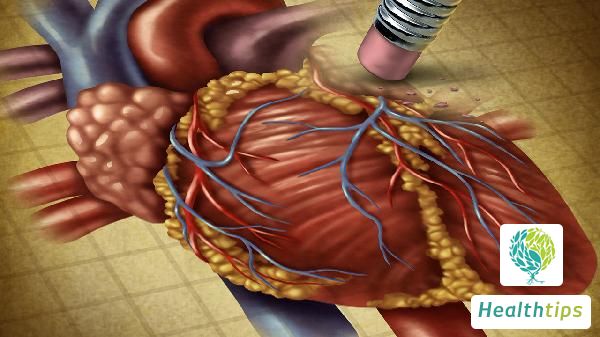What Could Be the Cause of a Lump Near the Anal Area, and What Should I Do?
A bump growing near the anus may be caused by hemorrhoids, rectal polyps, rectal prolapse, rectal leiomyosarcoma, anal canal squamous cell carcinoma, etc. When a bump is found near the anus, it is recommended to consult a gastroenterological surgeon in a formal hospital to clarify the nature of the lesion and receive timely treatment.

During stage II and III of hemorrhoids, internal hemorrhoids, circumferential mixed hemorrhoids, and external hemorrhoid thrombosis may often cause the hemorrhoid core to protrude or get stuck at the anus during forced defecation, resulting in symptoms of bumps outside the anus.
Rectal polyps are common benign tumors of the rectum, which can be single or multiple. Most polyps are round or oval masses with pedicles and often occur in the lower end of the rectum. They may protrude from the anus during defecation and retract after defecation. Adenomatous polyps are precancerous lesions, and delayed treatment may lead to rectal cancer.
Rectal prolapse refers to a disease in which the anal canal, rectal mucosa, or part of the rectum and sigmoid colon shift downward and protrude outside the anus, commonly known as anal protrusion. The treatment of this disease mainly focuses on improving blood and Qi deficiency and eliminating predisposing factors such as diarrhea, constipation, and long-term cough.
Rectal leiomyosarcoma is formed by the proliferation of abnormal smooth muscle cells and is mostly located in the lower segment of the rectum. Its growth pattern often protrudes into the rectal cavity. If not treated surgically in a timely manner, it can progress from a leiomyoma to a leiomyosarcoma, that is, from benign to malignant, causing narrowing of the rectum and resulting in constipation, anal fullness, and rectal bleeding.
Squamous cell carcinoma often occurs in the anal canal and around the anus. In the early stages, there is thickening of the skin of the anal canal and around the anus, or small nodular protrusions, followed by surface erosion and ulceration, prominent edges, outward flipping, and surrounding granular nodules.
When a bump is found near the anus, it is recommended to consult a gastroenterological surgeon in a formal hospital to clarify the nature of the lesion and receive timely treatment. In daily life, a light diet should be adopted, and spicy and stimulating foods should be avoided. It is also important to maintain local cleanliness around the anus.



















